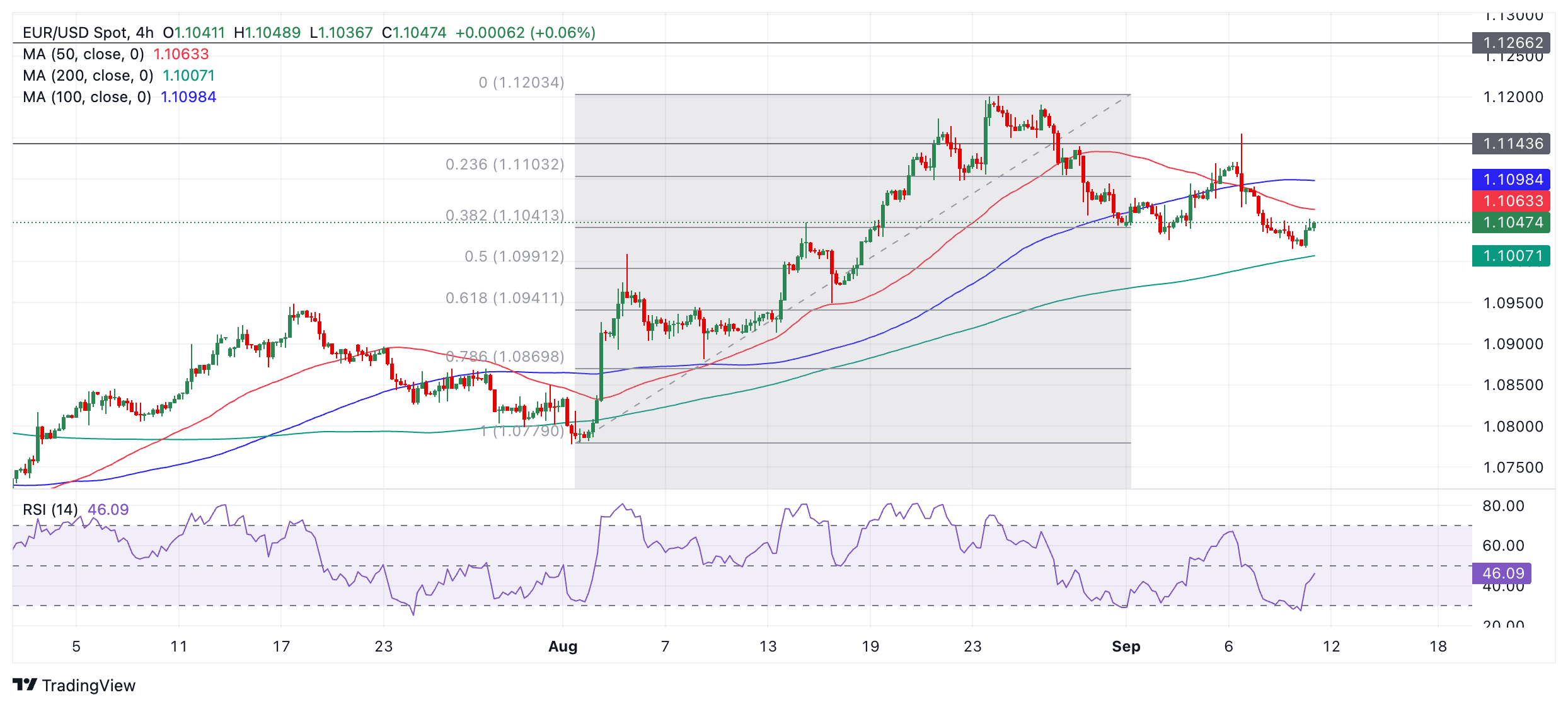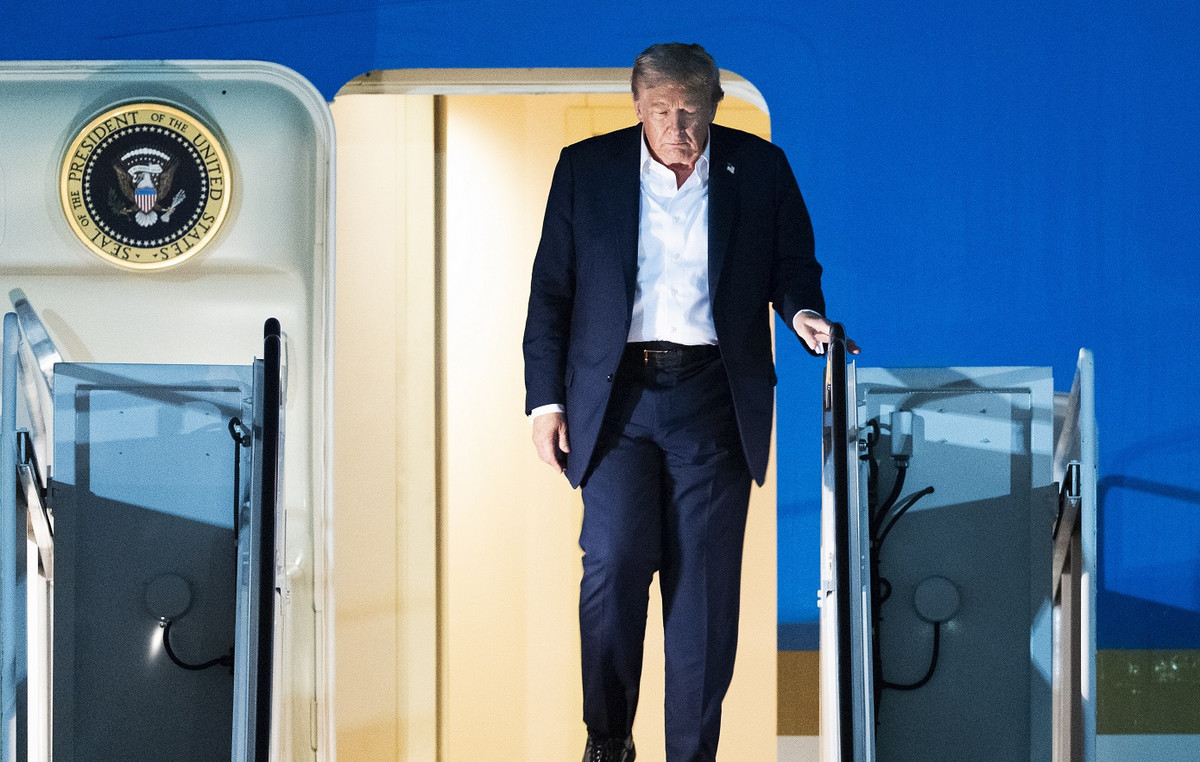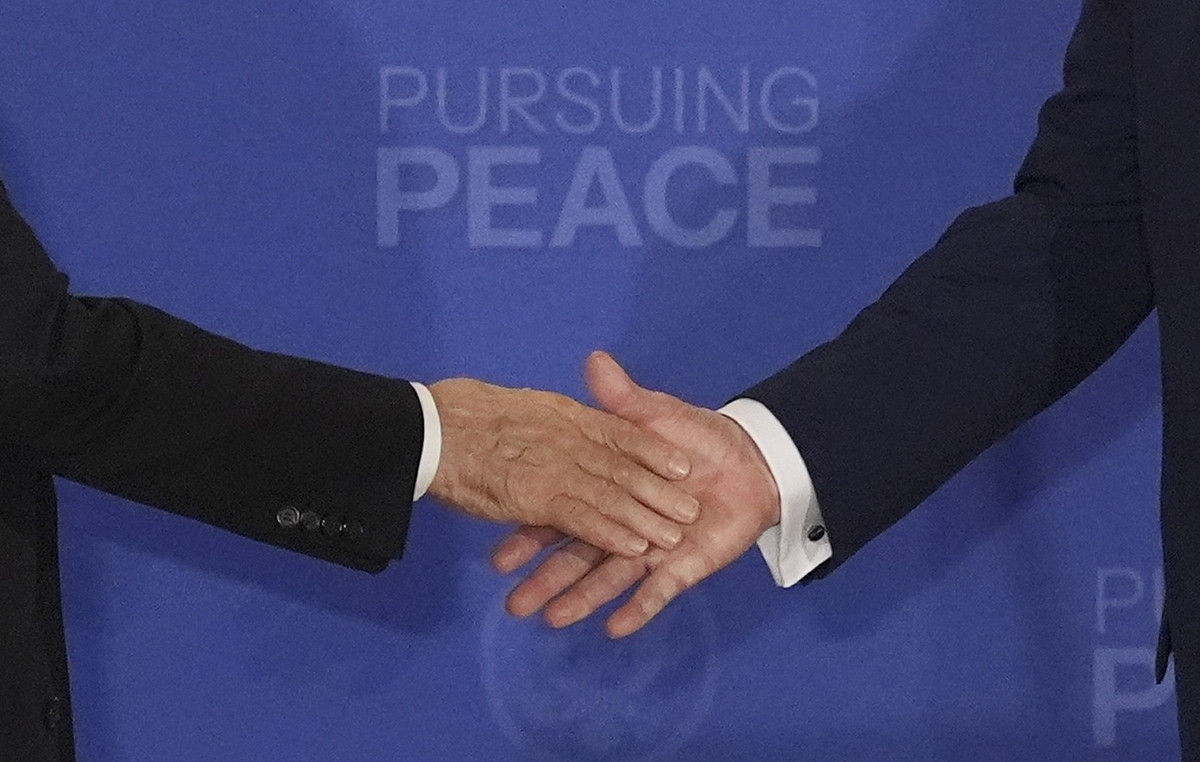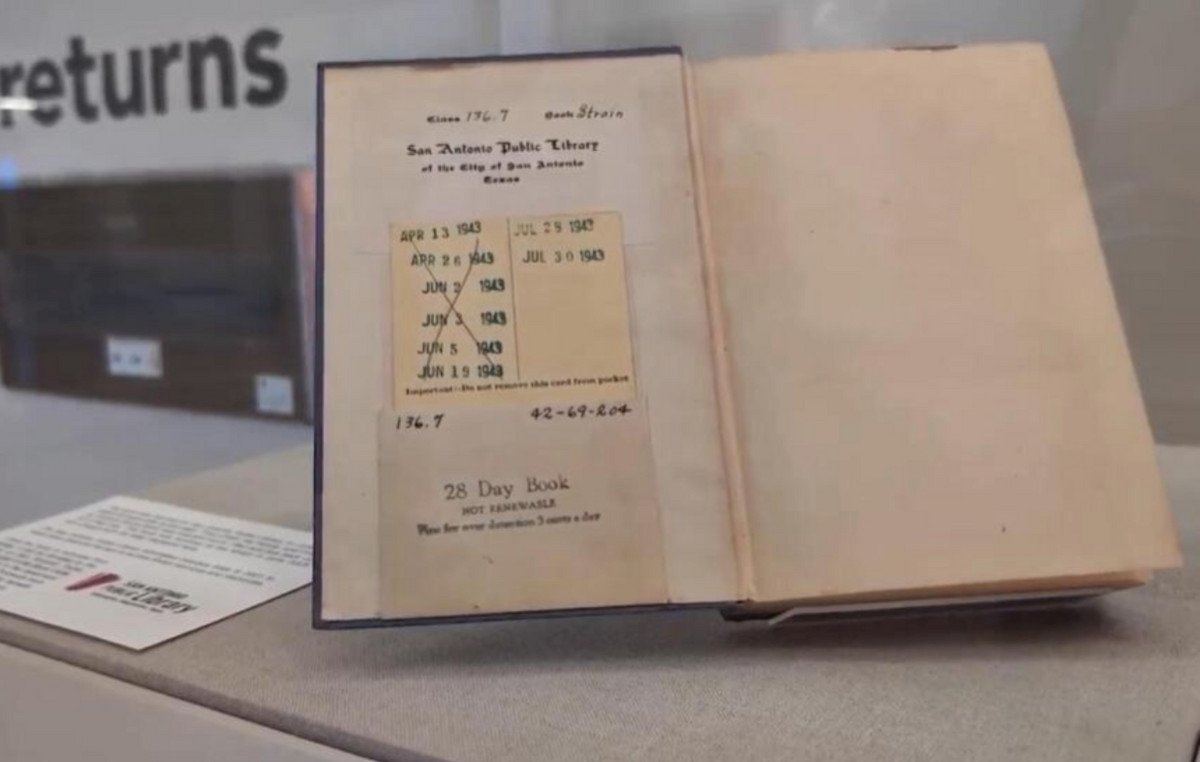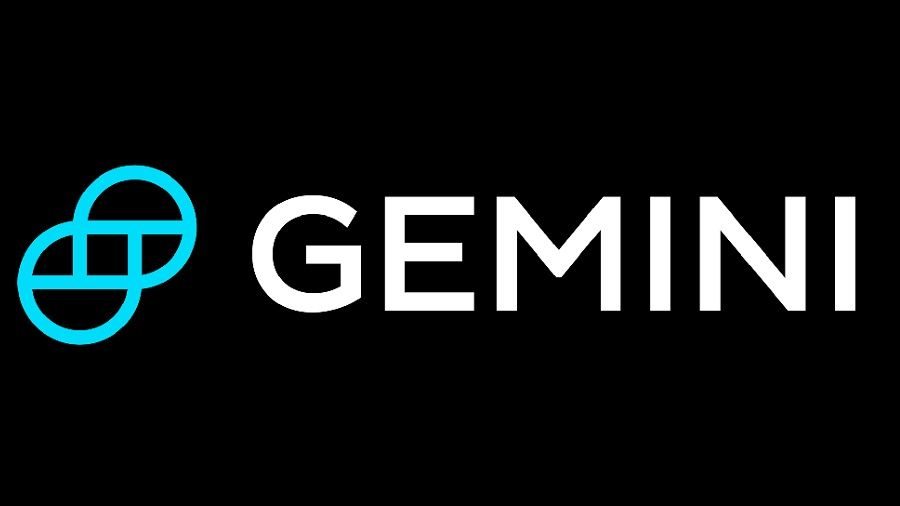- EUR/USD is rising as the US Dollar weakens following the Trump-Harris televised debate.
- The consensus was that Vice President Kamala Harris came out better after the debate.
- The USD is falling due to the lower probability that Trump will be able to implement dollar-friendly policies.
EUR/USD is trading in the 1.1040 area, trading higher on Wednesday amid a broad-based weakening of the US Dollar (USD) following the televised Trump-Harris presidential election debate.
Most analysts agree that Vice President Kamala Harris emerged victorious during the debate, and a recent BBC poll showed her ahead with 47% to former President Donald Trump’s 43%.
The US Dollar (USD) is weakening – and EUR/USD is rising as a result – because one of Trump’s policies is to protect the US Dollar’s status as the world’s reserve currency. This includes penalizing countries that refuse to trade in USD by imposing tariffs on their goods. The policy is a response to the growing influence of the BRICS trading bloc and its policy of de-dollarizing the global economy.
EUR/USD rises as investors debate the possibility of a jumbo Fed rate cut
EUR/USD is strengthening further as investors continue to see a considerable likelihood of the US Federal Reserve (Fed) cutting interest rates by 50 basis points (bps) at its next meeting on 17-18 September. While a 25 bps (0.25%) cut is already expected, the odds of a “jumbo” 50 bps cut currently stand at around 30% according to the CME FedWatch tool, which bases its predictions on the price of 30-day federal funds futures. A double 50 bps cut would weigh on the USD by reducing foreign capital inflows, but would be bullish for EUR/USD.
US inflation data in focus
On Wednesday, US Consumer Price Index (CPI) data for August will be released, which would normally influence Fed rate cut expectations. However, analysts vary on the extent to which they expect the data to have an impact – some say inflation has fallen so much that it is now irrelevant.
“The (CPI) figure is no longer as overwhelmingly important as it was a few months ago,” says Ulricht Leutchmann, FX Analyst at Commerzbank. “The fight against inflation seems to have been won. Over the past three months, core consumer price inflation was a meager 1.6% (annualized) – well below levels that would be compatible with the Fed’s target,” he adds.
Elias Haddad, Senior Market Strategist at Brown Brothers Harriman (BBH), however, says: “Higher-than-expected US inflation in August may reduce the likelihood of a jumbo Fed funds rate cut in September and underpin a firmer USD.”
Deutsche Bank’s Jim Reid, meanwhile, notes that a major deflationary factor is the sharp drop in crude oil prices in recent days, with WTI crude now trading in the mid-$60s. “From the Fed’s perspective, one trend that is helping to take the edge off inflationary pressures has been the sharp drop in oil prices in recent weeks,” Reid says in his “Early Morning.”
ECB meeting in the spotlight
EUR/USD’s upside potential will likely be limited, however, by growth concerns in the Eurozone. Germany, in particular, is suffering from a much-publicized slowdown in manufacturing, especially in its key automotive sector, due to foreign competition.
The European Central Bank (ECB) is scheduled to conclude its policy meeting on Thursday, and the consensus expectation is that the bank will announce a 25 bps cut in its deposit facility rate to help stimulate growth. The deposit facility rate (DFR) is the rate it pays banks on money they deposit at the ECB. Such a cut would take it from 3.75% to 3.50%.
Since the ECB has already announced plans to reduce the spread between the DFR and the main refinancing operations (MRO) rate from 50 bps to 15 bps (effective 18 September), the implication is that it will also cut the MRO – its main rate – at Thursday’s meeting. Given that the MRO currently stands at 4.25%, reducing the spread with the DFR to just 15 bps would entail cutting the MRO by 0.60% to 3.65%.
Although the changes have already been anticipated by the market, there is still a risk that the Euro could weaken following the announcement. However, it is the updated macroeconomic projections that could provide the most volatility, with the risk that the ECB could cut its growth forecasts. Such a move would weigh on EUR/USD.
“Weak economic activity in the Eurozone suggests a risk that the ECB will revise down its forecasts for inflation and real GDP growth. This may lead to a downward adjustment of Eurozone interest rate expectations against the EUR,” says Elias Haddad, Senior Market Strategist at Brown Brothers Harriman (BBH).
Technical Analysis: EUR/USD continues to mark lower lows
The EUR/USD has been broadly lower since peaking at 1.1202 on August 26. Despite an upward reaction between September 3 and 6, the pair has continued to make lower lows, most recently on Wednesday when it fell to 1.1017. Therefore, the pair is likely in a downtrend and since “the trend is your friend,” one could argue that the odds favor lower prices to come, although the downtrend is not strong.
EUR/USD 4-hour chart
A break below 1.1017 would provide further confirmation of further declines, although it is now not far from reaching 1.1000 – a round number and key psychological support level.
Further weakness could see the pair drop to the 0.618 Fibonacci retracement of the August rally at 1.0941, where it would also likely find firm support.
At the same time, risks to a recovery remain. The Relative Strength Index (RSI), for example, has risen sharply from the oversold zone, giving a buy signal, and it is still possible that the pair could recover to the key resistance line at 1.1150, if the counter-trend reaction currently underway persists.
ECB FAQs
The European Central Bank (ECB), based in Frankfurt, Germany, is the reserve bank of the Eurozone. The ECB sets interest rates and manages monetary policy in the region.
The ECB’s main mandate is to maintain price stability, which means keeping inflation at around 2%. Its main tool for achieving this is to raise or lower interest rates. Relatively high interest rates usually translate into a stronger Euro, and vice versa.
The ECB’s Governing Council takes monetary policy decisions at meetings held eight times a year. Decisions are taken by the heads of the euro area’s national banks and six permanent members, including ECB President Christine Lagarde.
In extreme situations, the European Central Bank can put in place a policy tool called Quantitative Easing. QE is the process by which the ECB prints Euros and uses them to buy assets (usually government or corporate bonds) from banks and other financial institutions. The result is usually a weaker Euro.
QE is a last resort when simply lowering interest rates is unlikely to achieve the objective of price stability. The ECB used it during the Great Financial Crisis of 2009-11, in 2015 when inflation remained stubbornly low, as well as during the coronavirus pandemic.
Quantitative tightening (QT) is the reverse of QE. It takes place after QE, when the economic recovery is underway and inflation starts to rise. While in QE the European Central Bank (ECB) buys government and corporate bonds from financial institutions to provide them with liquidity, in QT the ECB stops buying more bonds and stops reinvesting the maturing principal of the bonds it already owns. It is usually positive (or bullish) for the Euro.
Source: Fx Street
I am Joshua Winder, a senior-level journalist and editor at World Stock Market. I specialize in covering news related to the stock market and economic trends. With more than 8 years of experience in this field, I have become an expert in financial reporting.

